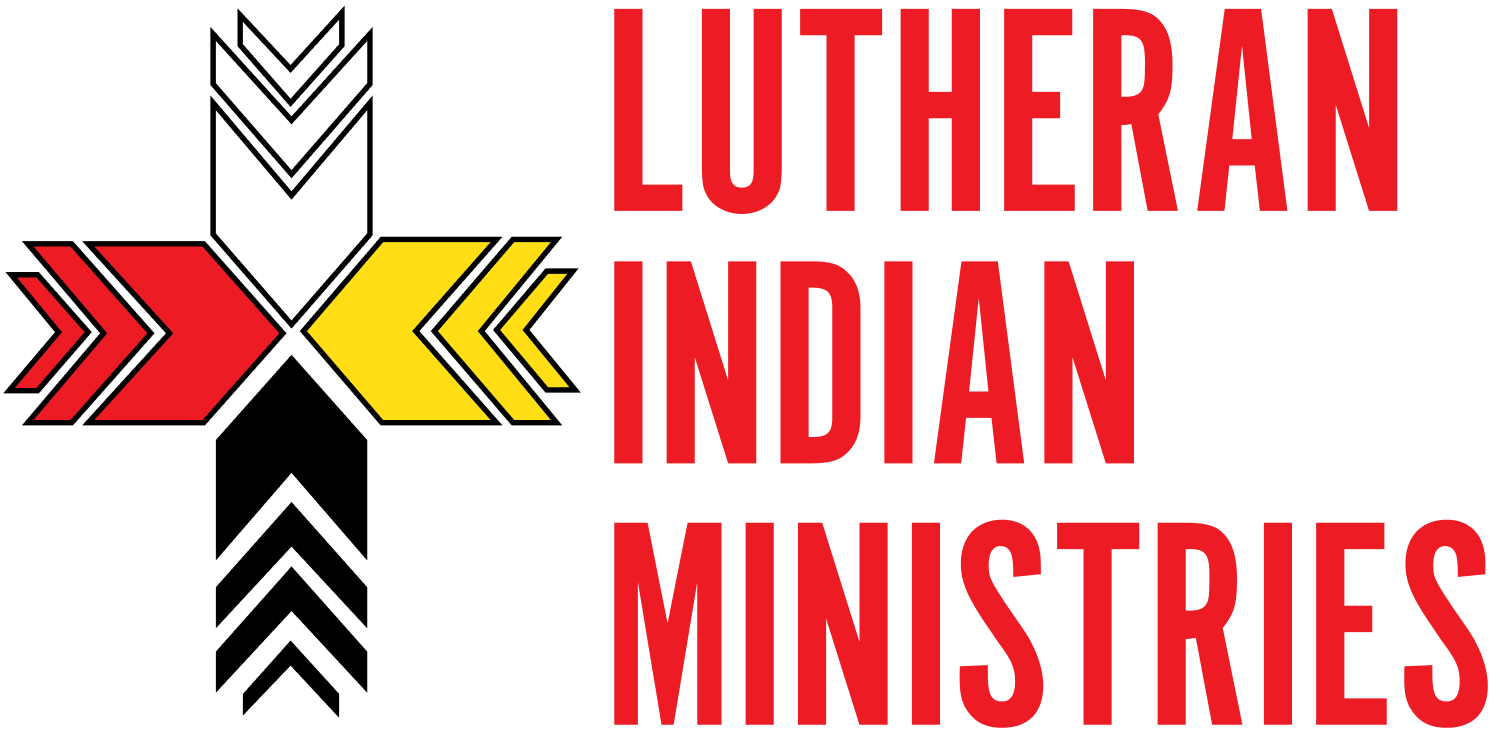This Week in Native American News (9/7/18): sick rivers, new names, and new movies
September 7, 2018
Sick River: Can These California Tribes Beat Heroin and History?
Dead Chinook salmon on the banks of the Klamath River during a 2002 fish kill. An estimated 34,000 salmon perished.CreditYurok Tribe Fisheries Department
For thousands of years, the Klamath River has been a source of nourishment for the Northern California tribes that live on its banks. Its fish fed dozens of Indian villages along its winding path, and its waters cleansed their spirits, as promised in their creation stories.
But now a crisis of opioid addiction is gripping this remote region. At the same time, the Klamath’s once-abundant salmon runs have declined to historic lows, the culmination of 100 years of development and dam building along the river.
Today, many members of the Yurok, Karuk and Hoopa tribes living in this densely forested area south of the California-Oregon border see a connection between the river’s struggle and their own.
Read the Full Story Here
General’s Work Earns Him Multiple Native Alaskan Tribal Names
Air Force Lt. Gen. Ken Wilsbach accepts one of his new Alaskan native names during a ceremony held by the Alaskan Federation of Natives in Anchorage, Alaska, Aug. 21, 2018.
Wilsbach is the first U.S. military general in history to be given multiple native Alaskan names. The Alaskan Federation of Natives said they did so as a thank-you for his efforts over the past few years to strengthen alliances and partnerships between the state’s native people and the military.
Wilsbach is the commander of Alaskan NORAD region, Alaskan Command and the 11th Air Force. During his time in our most northern state, he’s helped build unity in emergency response and awareness of the critical role Alaska plays in national defense and security. He’s also created trust and helped promote the importance of working with the native people to complete the mission.
Read the Full Story Here
Facebook adds Alaska’s Inupiaq as language option
Facebook users can submit requests to translate the site’s vast interface workings — the buttons that allow users to like, comment and navigate the site — into any language through crowdsourcing. With the interface tool, it’s the Facebook users who do the translating of words and short phrases. Words are confirmed through crowd up-and-down voting.
Besides the Inupiaq option, Cherokee and Canada’s Inuktut are other indigenous languages in the process of being translated, according to Facebook spokeswoman Arielle Argyres.
“It’s important to have these indigenous languages on the internet. Oftentimes they’re nowhere to be found,” one user said. “So much is carried through language — tradition, culture — and so in the digital world, being able to translate from that environment is really important.”
For now, Facebook is being translated into Inupiaq only on its website, not its app.
Read the Full Story Here
Watch This: Sgaawaay K'uuna, the first feature film about the Haida people. Watch the "Making Of" video below.
Sgaawaay K'uuna (Edge of the Knife), premiering at the Toronto International Film Festival, is the first feature film about the Haida people and in the Haida language.
Read More Here
It's hard to fit so much news in such a small space.
To read all of this week's news, visit the LIM Magazine.
Sign up to get these emails in your inbox and never miss a week again!




